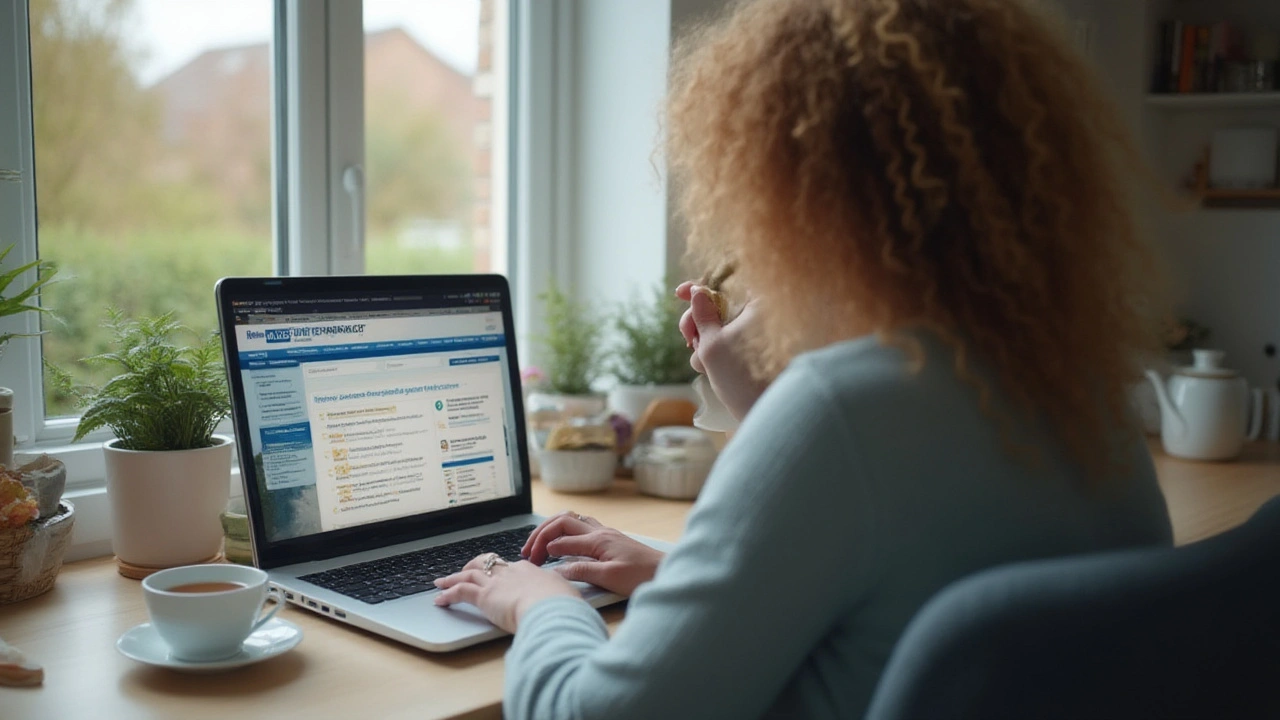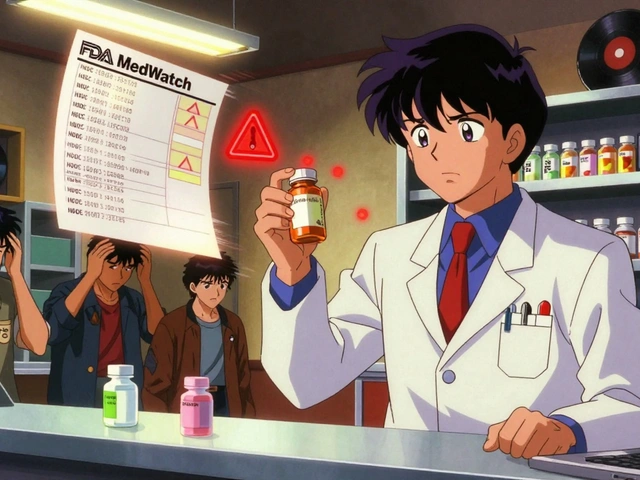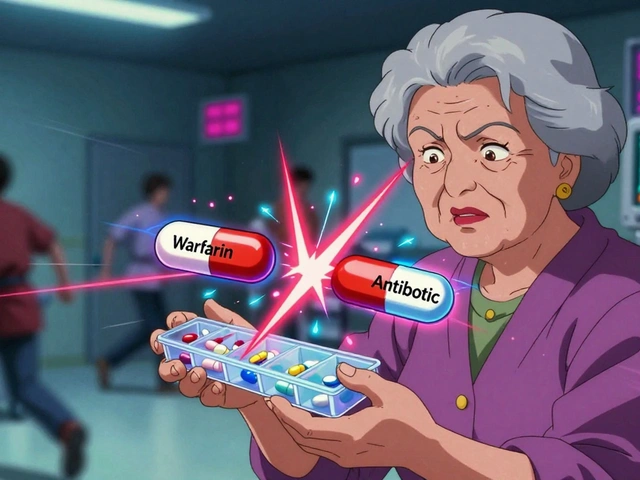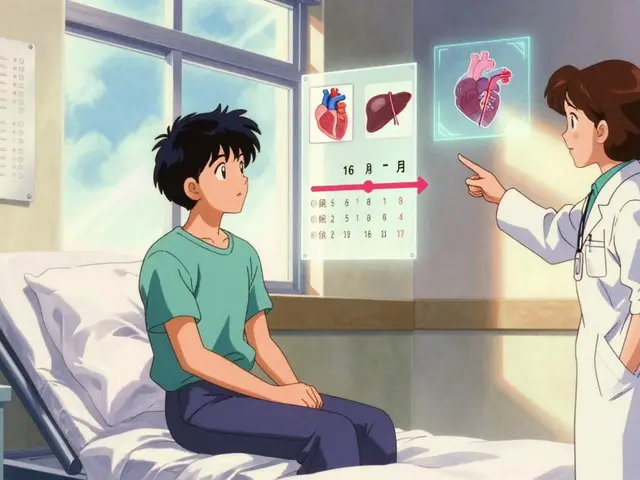Mental Health Medication: Practical Guide to Safe Choices
Want straight talk about mental health meds? Good—this page cuts through confusion. Whether you’re starting an antidepressant, managing ADHD medicine, or checking an online pharmacy, you deserve clear steps and simple safety tips you can use right away.
What these meds do and the main types
Mental health medications fall into groups that treat different problems. Here are the basics so you can recognize names and talk with your provider.
SSRIs (like fluoxetine, sertraline) — often first choice for depression and anxiety. They usually take a few weeks to help.
SNRIs (venlafaxine, duloxetine) — used for depression, some anxiety, and pain-related symptoms.
Tricyclics and older antidepressants (amitriptyline, trazodone) — still useful, especially when others don’t work, but more side effects.
Stimulants (methylphenidate, amphetamine salts) — common for ADHD. They work fast but need careful monitoring.
Mood stabilizers and antipsychotics (lithium, valproate, olanzapine) — used for bipolar disorder, psychosis, or as add-ons when mood swings are severe.
Other meds (like certain sleep aids or meds that ease side effects of psychiatric drugs) also appear in treatment plans.
Practical safety tips — start here
See a licensed prescriber before starting or changing medication. Get a clear diagnosis and a written plan: dose, how to take it, likely side effects, and when to follow up.
Start low and go slow. Many drugs work best when you increase dose gradually under medical guidance.
Keep a list of every medicine and supplement you take. Some common interactions cause serious problems—ask your doctor or pharmacist to check them.
Know the warning signs: sudden mood changes, new suicidal thoughts, severe allergic reactions, chest pain, or trouble breathing. If any of those show up, get urgent help.
Buying online? Be careful. Use pharmacies that require a prescription, show a real address and phone number, and are licensed in your country. Avoid sites that sell prescription meds without asking for a prescription or offer suspiciously low prices.
Ask the pharmacist questions: is this the generic name, what side effects should I expect, and how should I store it? If the answer is vague or they dodge the question, find another source.
Don’t stop suddenly. Some psychiatric meds need a taper to avoid withdrawal. Always follow a taper plan from your provider.
Track your response. Keep a simple diary for a few weeks: dose, sleep, mood, side effects. Bring this to appointments so your prescriber can adjust treatment more accurately.
If you want more on specific drugs—like trazodone (Desyrel), fluoxetine (Sarafem), or ADHD meds—check the guides and pharmacy tips on this site. Practical info and real safety steps are a few clicks away.





